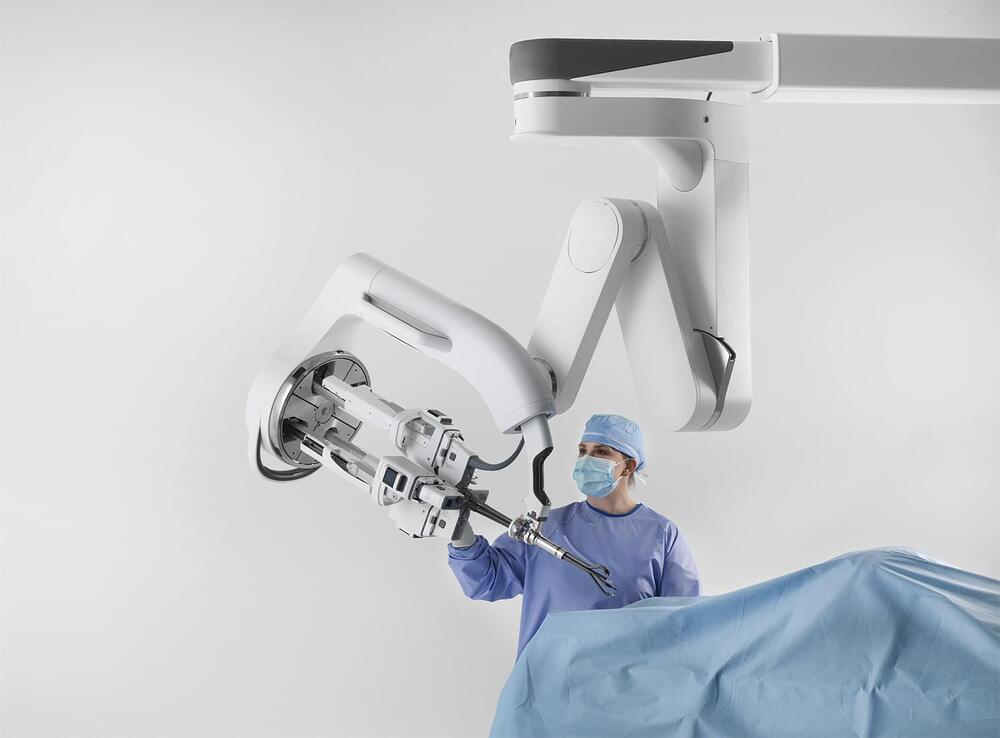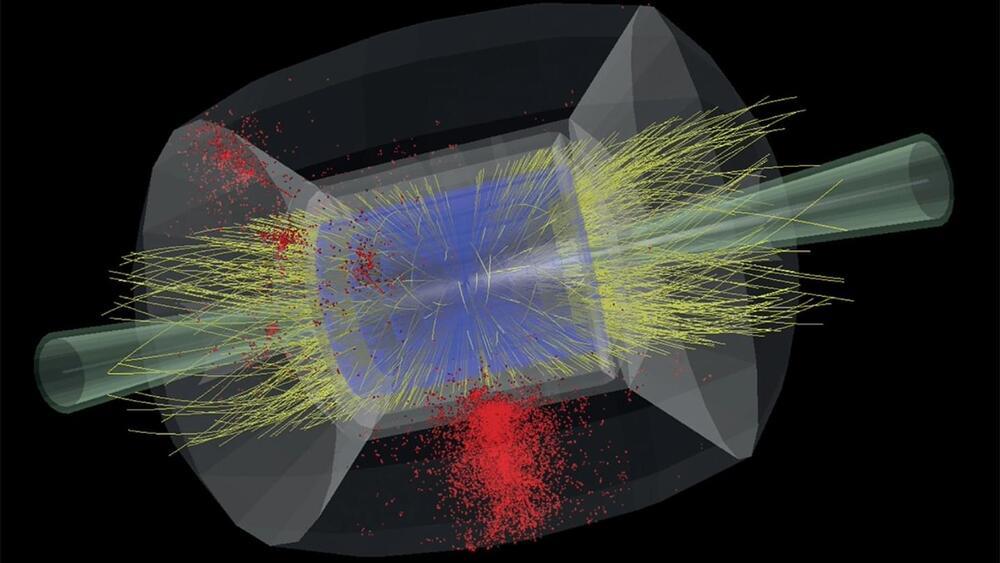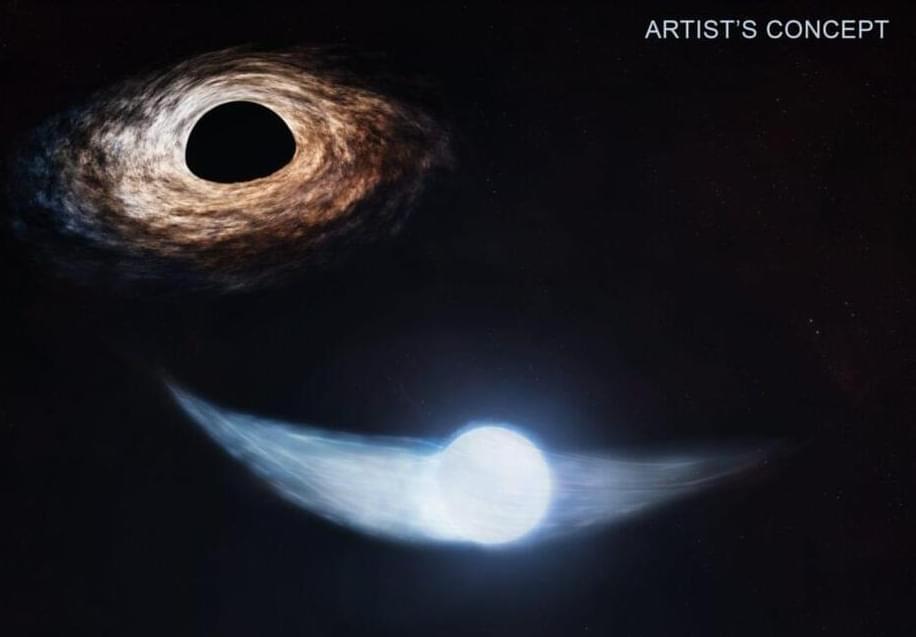501 likes, — growasentrepreneurs on September 13, 2024: Nvidia’s Blackwell chip is an engineering marvel, crafted from two of the largest chips ever made using TSMC’s 4-nanometer process. It took $10 billion and 3 years to develop, supported by high-speed networking, software, and incredible I/O capabilities.
This chip powers AI factories in data centers, designed to emulate human intelligence—specifically how we read, finish sentences, and summarize information.
Jensen Huang compares it to the intelligence of thousands of people, showcasing Blackwell’s potential to revolutionize AI in an unprecedented way.


















